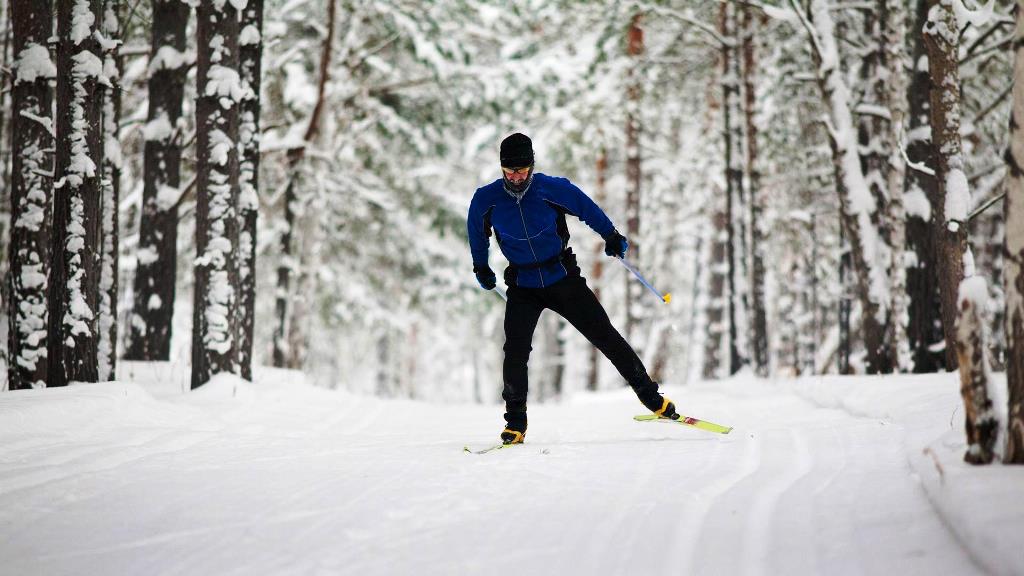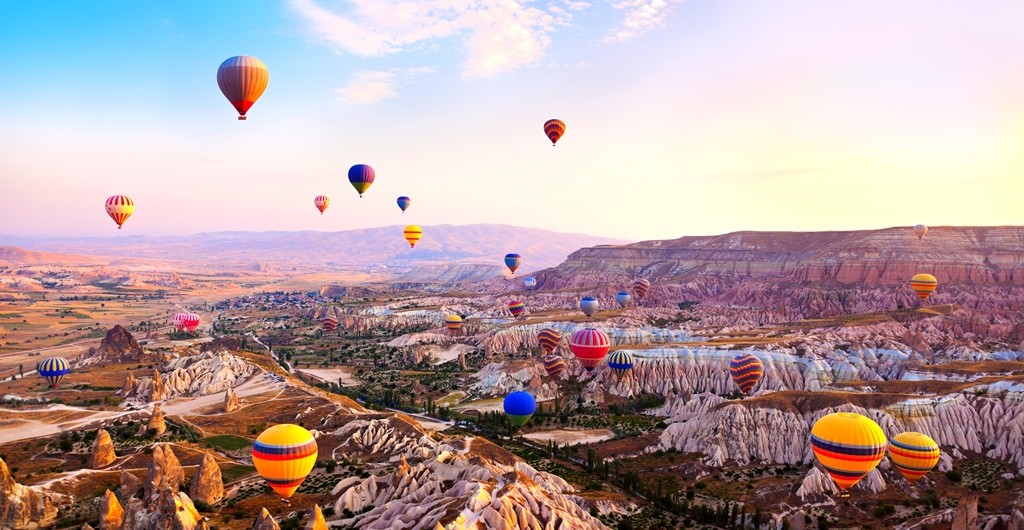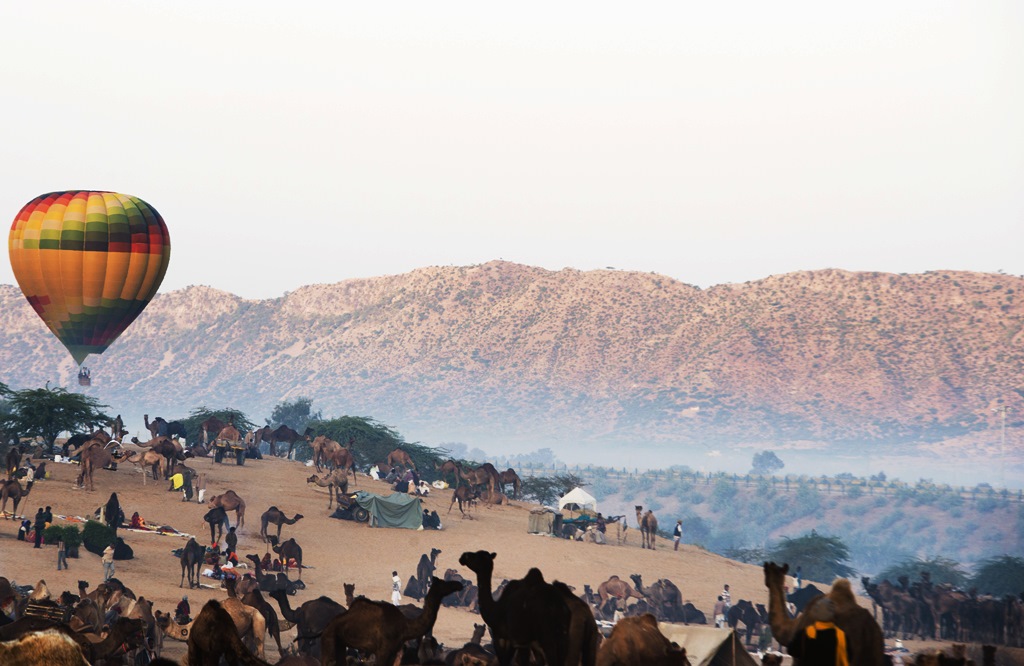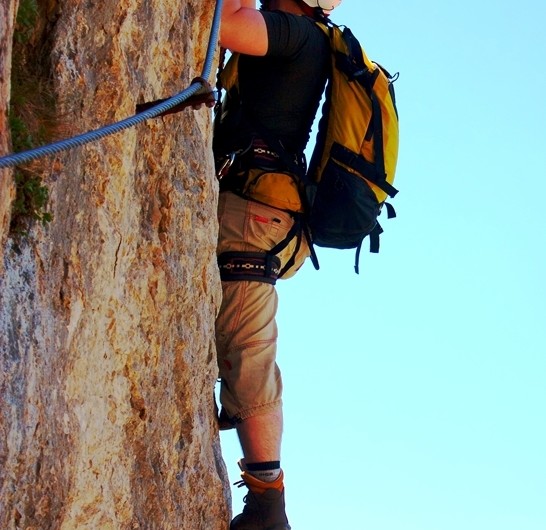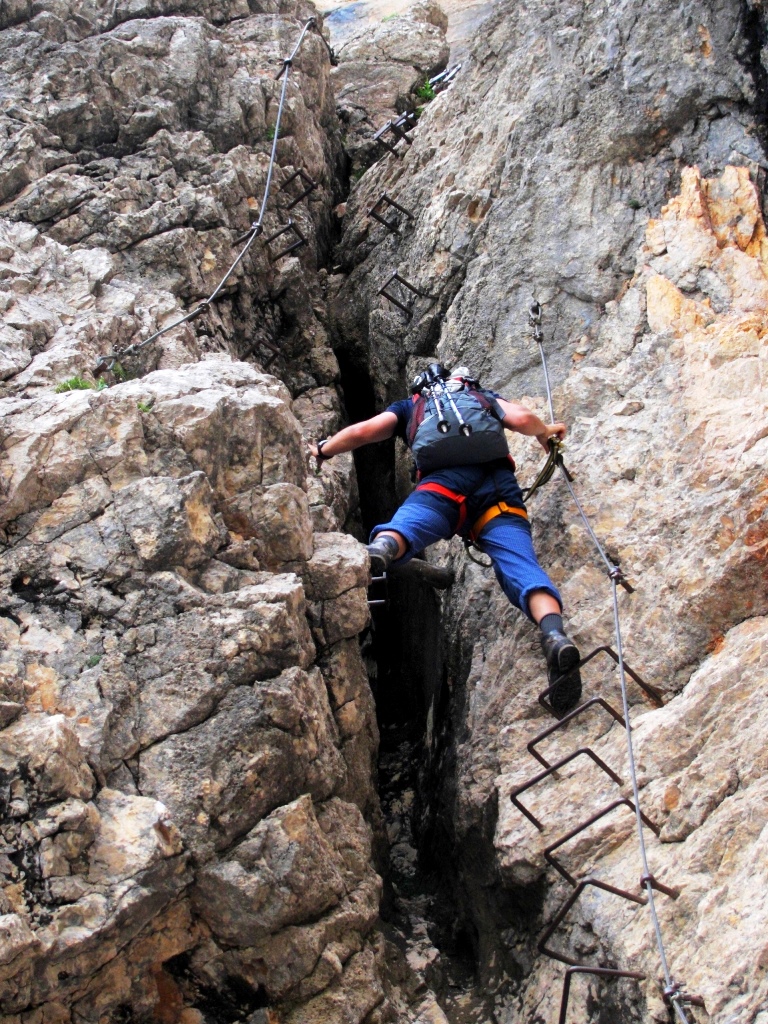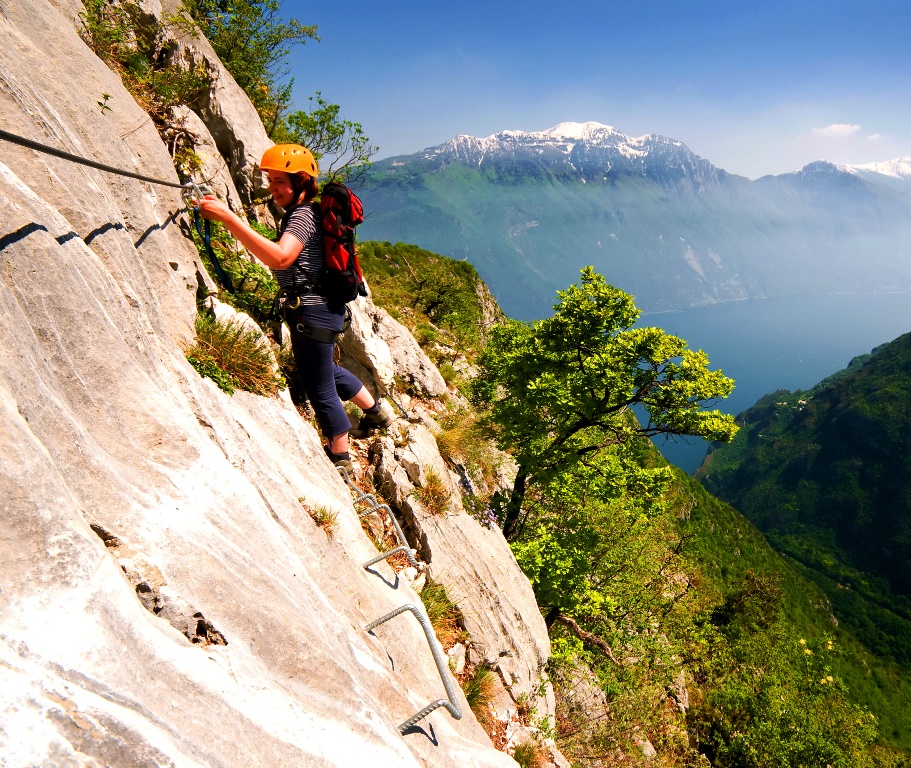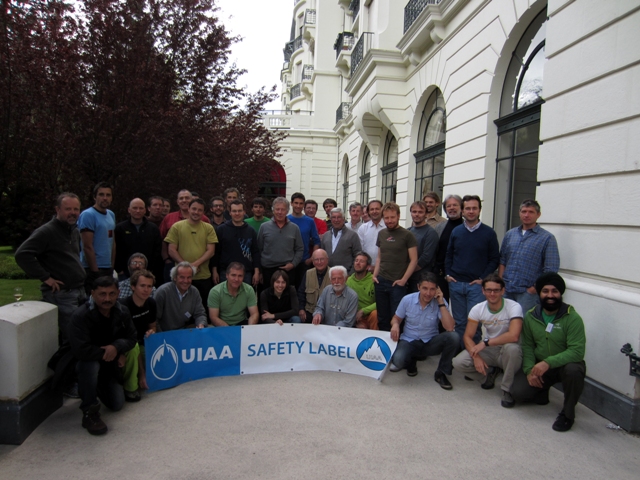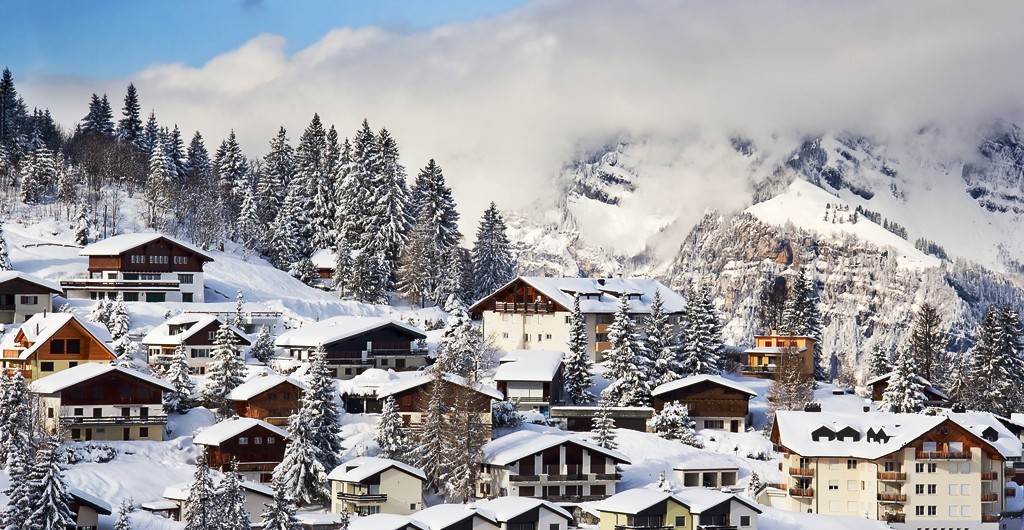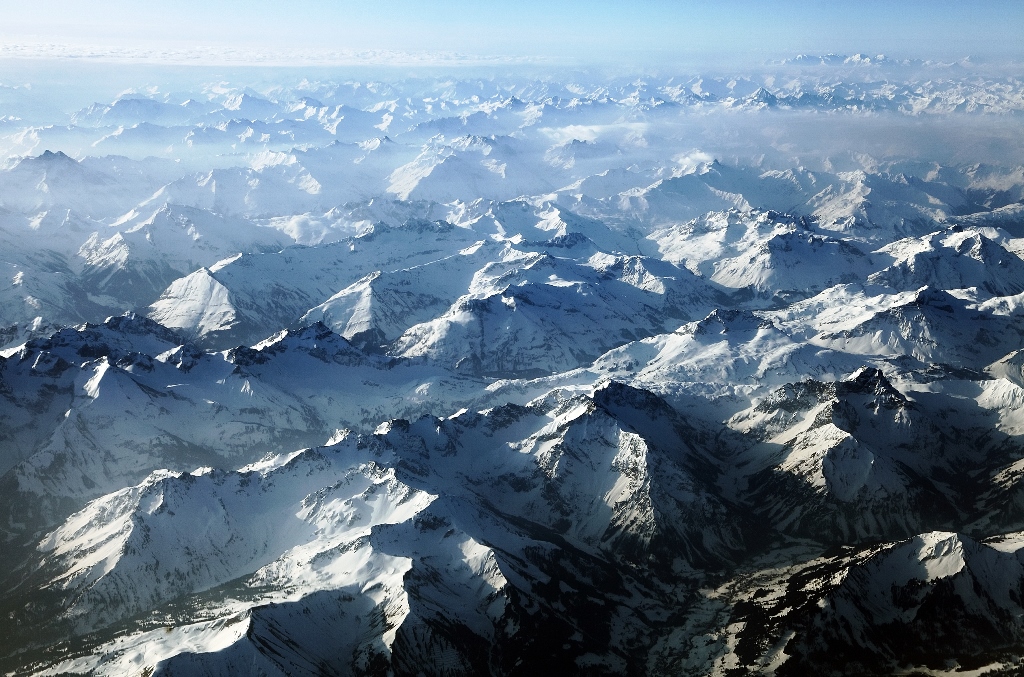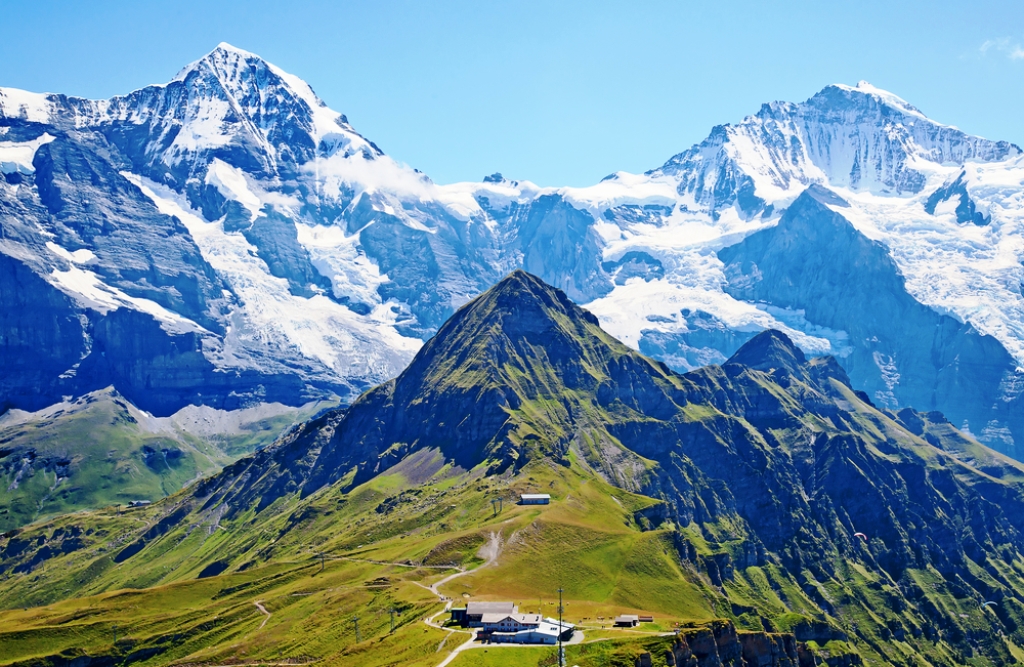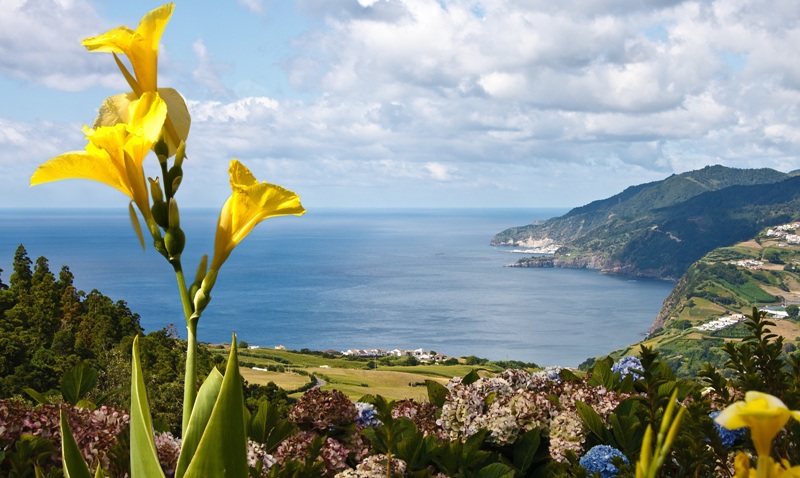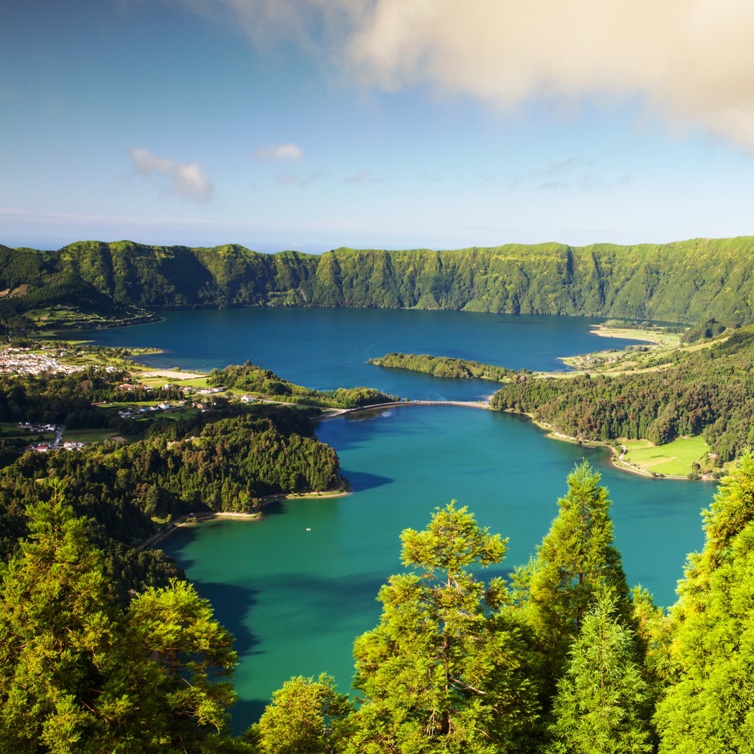Skiing is a recreational activity as well as a competitive sport and its history dates back to 600 BC when it is believed to have been practiced in what is now China. Modern skiing has evolved from Scandinavia and the word Ski has originated from Old Norse word Skið meaning split wood or firewood. The sport has grown so popular over the decades that most people have a good understanding of what Skiing is all about. Balance, weight, and edge control are the key skills needed in Skiing.
There are 2 types of skiing widely recognized – Alpine and Nordic. Alpine skiing is a downhill skiing that involves sliding down hills with fixed heel bindings. For Alpine Skiing, one needs mechanical assistance to get to the top of the hill as all the equipment makes walking or hiking almost impossible. Nordic Skiing on the other hand is a cross country skiing with free heel bindings. In Nordic style, skiers can freely climb up and down the hills without any mechanical help.
Popular Skiing destinations across the world –
1. Interlaken, Switzerland – Interlaken is one of the most ideal skiing locations in the world and it has no fewer than four beautiful ski resorts to choose from. The spacious ski slopes, long cross country pistes and snow parks make it perfect for experienced as well as amateur skiers. There are many snow-sports schools here as well, that can make a beginners experience rewarding and fun. All the equipment is available for hire. One of the most popular regions in the Interlaken is the Jungfrau Region. Interlaken is well connected by road and air, with as many as 5 airports within a 2 hour drive. Berne airport is just an hour’s drive away.
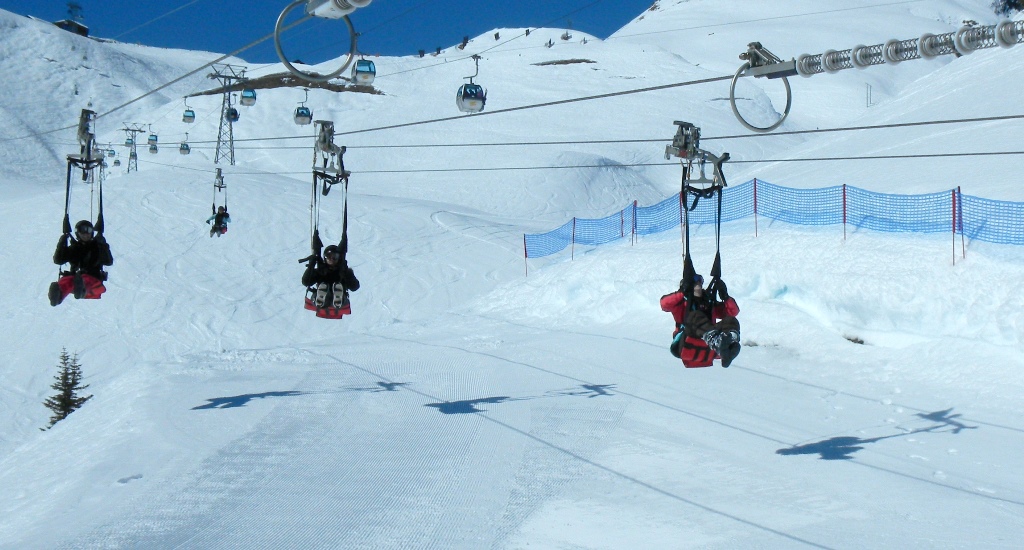
2. Oslo, Norway – Oslo is a perfect winter and skiing destination with more than 2,000 kms of prepared cross country ski trails that lead one into the beautiful Norwegian forests. These are just 20 minutes away from the main city. Oslo city also has its very own modern alpine ski centre called the Oslo Winter Park, which offers plenty of challenges for downhill skiers as well as snowboarders. With more than 60 cozy cabins available for stay, this makes for a great place to go to with family and friends alike. Here you can also ski after dark as almost 90 kms of the track is well lit till 10 PM.
